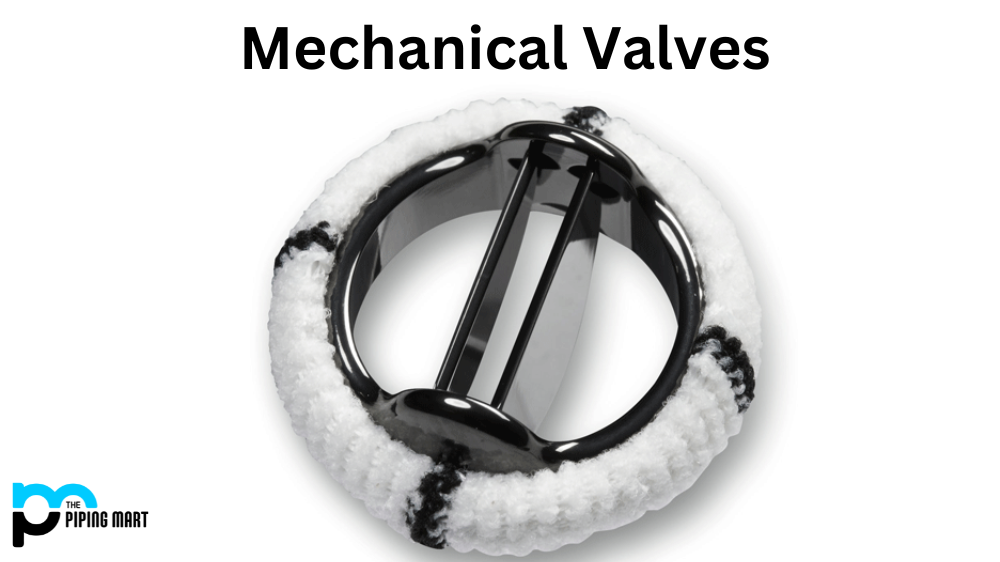Centrifugal casting is a metalworking process that has been around for over 6,000 years. It casts hollow objects such as pipes, rings, or cylinders with intricate internal details and exterior designs. In the centrifugal casting process, molten metal is poured into a rotating mould to produce parts with complex shapes and thicknesses. This post will discuss the benefits of centrifugal casting and its various applications.
Benefits of Centrifugal Casting
The centrifugal casting process has many advantages compared to other casting methods. One benefit is that it produces parts with uniform wall thickness and smooth surfaces, making them ideal for high-pressure applications. Additionally, because centrifugal force helps distribute the molten metal evenly within the mould, it eliminates any potential voids or air pockets that may be present in other types of castings. Finally, because it does not require as much manual labour as other processes, it can save time and money during production.
Uses of Centrifugal Casting
Centrifugal casting can be used to create a wide variety of components for both industrial and commercial applications. For example, one application of centrifugal casting in the automotive industry is used to make engine blocks, cylinders, pistons, manifolds, gearbox components and more. Other common uses include making sinker bars for petrochemical plants and medical implants such as hip replacements or dental crowns due to their ability to produce parts with intricate detail without sacrificing quality or strength. In addition to these industries, centrifugal casting can be used in aerospace engineering and construction projects.
- Centrifugal casting is a process that can be used to create parts with exact dimensions.
- Centrifugal casting can be used to create parts with very smooth surfaces.
- Centrifugal casting can create parts with solid and durable materials.
- Centrifugal casting can be used to create parts with very intricate designs.
- Centrifugal casting can be used to create parts with unique properties.
Conclusion:
Centrifugal casting has numerous benefits that make this process attractive for manufacturers looking for cost-effective solutions when producing parts with complex shapes and intricate details. This ancient technique continues to be an invaluable tool in many different industries today—from automotive manufacturing to aerospace engineering—and shows no signs of slowing down anytime soon! If you are looking for an efficient way to create parts with precise detail at an affordable price, then consider centrifugal casting!

Abhishek is a seasoned blogger and industry expert, sharing his insights and knowledge on various topics. With his research, Abhishek offers valuable insights and tips for professionals and enthusiasts. Follow him for expert advice on the latest trends and developments in the metal industry.




